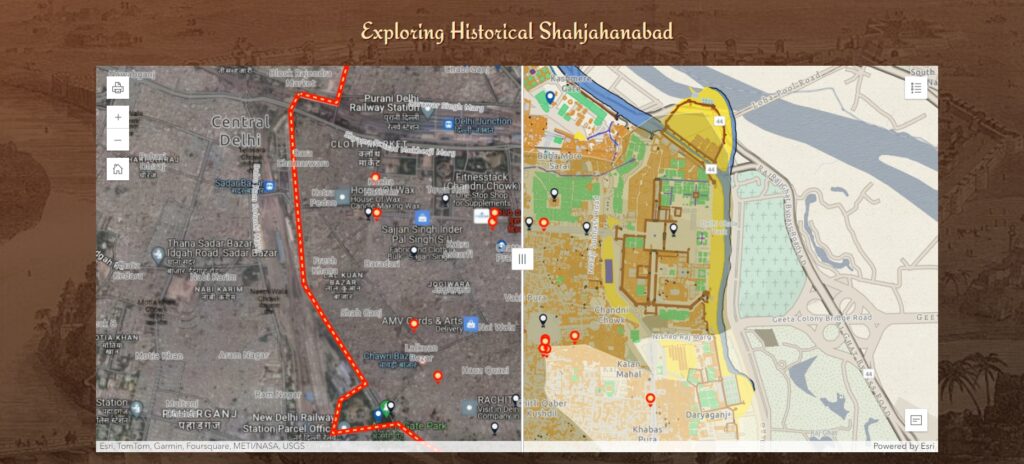
Delhi, a city with a rich and varied history, has been a prominent center of power and culture for over a millennium. It reached the zenith of its grandeur during the Mughal era when it was known as Shahjahanabad, famous for the majestic Red Fort and the Jama Masjid.
In the middle of the twentieth century, Percival Spear compared Delhi with Rome:
“Delhi can point to a history as chequered and more ancient than the ‘eternal’ city of Rome; it was a famous capital before the days of Alexander, and it has survived all the vicissitudes of time and fortune to become one of the youngest and certainly the most magnificent of recent imperial cities. For it has undergone transformations as numerous as the incarnations of the God Vishnu; if it has frequently changed its site, its character, and even its name, it has preserved through all a continuous thread of existence… Like most ancient cities it has succumbed to the magic of the number seven, but as the plain of Delhi is too flat for even the most exuberant imagination to discover seven hills on which the city can rest, historians have played with the idea of seven consecutive cities. The ‘seven cities’ of Delhi are no more accurate description of Delhi’s history than the seven hills ascribed to many other places.”
This project aims to create a repository to retell Shahjahanabad’s history through a meticulously curated map-based web platform and handbook with digital models, old images, stories and illustrations, bridging past and present. It explores how Delhi looked in the 17th and 18th centuries, the lifestyles and interactions of its people, and the locations of historical markets, and tries to address various questions about the city’s bygone era.



